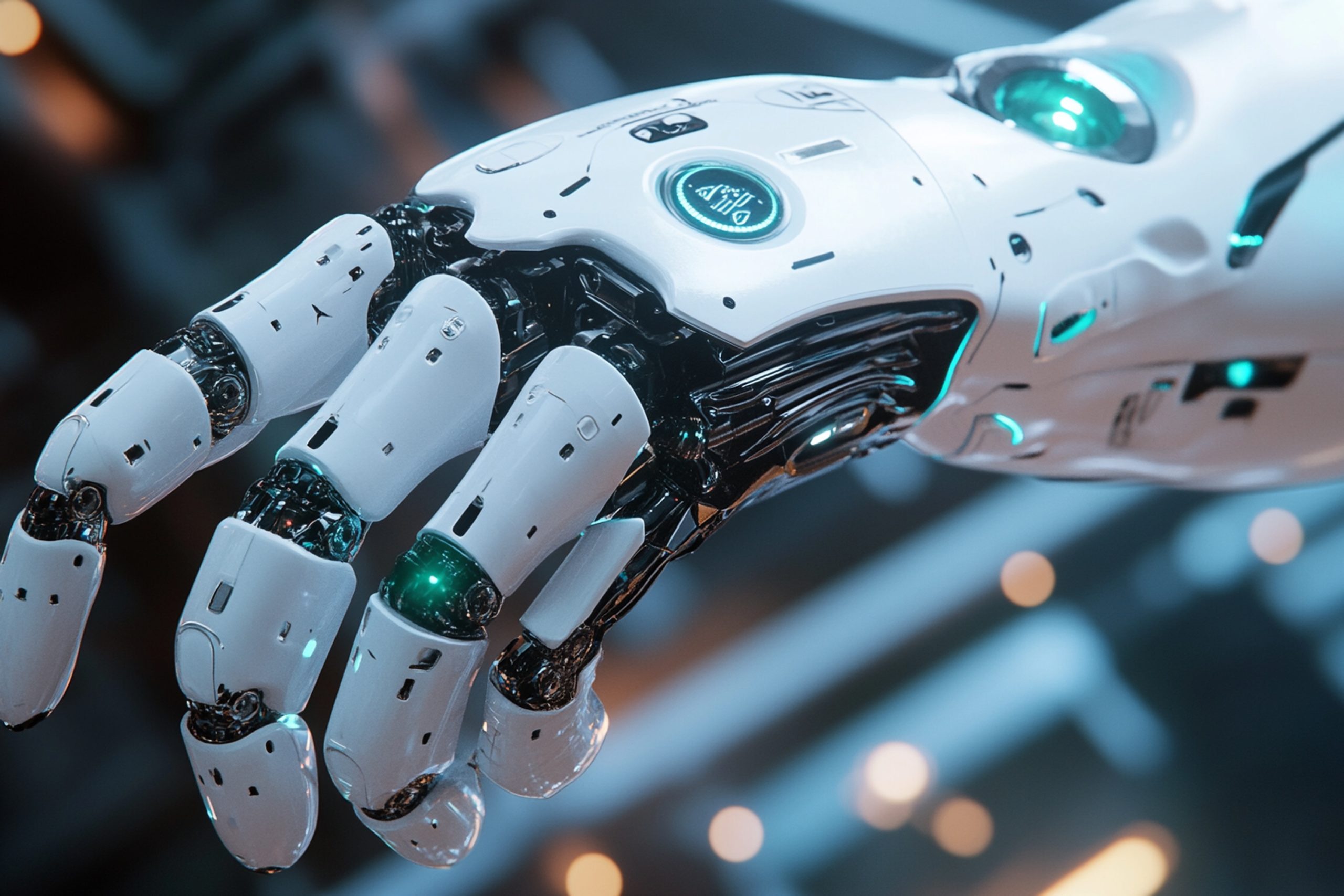


A new biohybrid swimming robot mimics muscle tissue by integrating motor neurons and cardiomyocytes. This innovative design allows the robot to swim effectively, showcasing the potential of combining biological and artificial systems. Researchers aim to explore how this technology can advance robotics and bioengineering applications. The ability to create robots that function like living organisms opens new avenues for research and development in various fields, including medicine and environmental monitoring.